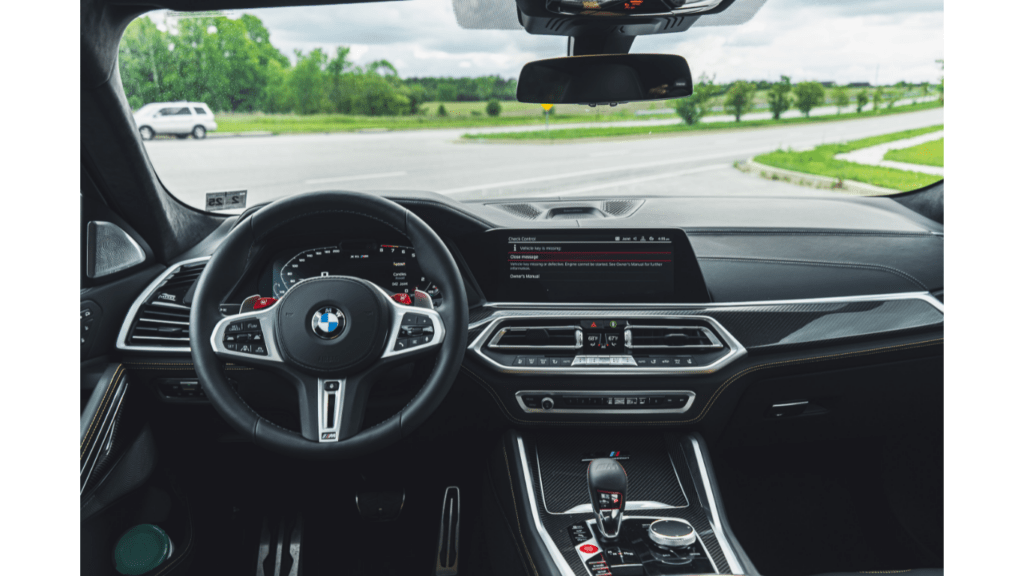Understanding Driverless Cars: The Basics
The Technology Behind Autonomous Vehicles
I’ll delve into the technology powering autonomous vehicles, which includes a combination of advanced sensors, artificial intelligence algorithms, and sophisticated software. These self-driving cars utilize a variety of sensors like cameras, radars, lidar, and ultrasonic sensors to perceive their surroundings. The data collected by these sensors is processed in real-time to make driving decisions, such as steering, accelerating, and braking.
Different Levels of Autonomy Explained
I’ll explain the diverse levels of autonomy in self-driving cars according to the industry-standard classification system. Starting from Level 0 (no automation) to Level 5 (full automation), each level represents different degrees of automation in driving tasks. For instance, at Level 2, the vehicle can assist with steering, acceleration, and braking simultaneously, while at Level 4, the car can operate autonomously in specific conditions without human intervention. Understanding these levels is crucial in comprehending the capabilities and limitations of driverless cars.
The Evolution of Driverless Cars
1. Key Milestones in Autonomous Vehicle Development
In the evolution of driverless cars, several key milestones mark significant progress in autonomous vehicle development. Initially, the concept of self-driving cars emerged with experiments and prototypes in research labs. One early milestone was the DARPA Grand Challenge in 2004, a competition that spurred innovation in autonomous vehicle technology. Subsequent challenges further pushed the boundaries of self-driving capabilities, leading to advancements in sensors, software, and decision-making algorithms. These milestones paved the way for real-world testing and commercial applications of autonomous vehicles.
2. Major Players in the Autonomous Vehicle Industry
The autonomous vehicle industry features a diverse range of major players, including technology giants, automotive manufacturers, and startups. Companies like Tesla, Waymo, and Uber have made significant contributions to autonomous technology through their research and development efforts. Traditional automakers such as Ford, General Motors, and Toyota have also invested heavily in autonomous vehicle projects to stay competitive in the evolving market. Additionally, startups like Cruise and Zoox are driving innovation with new approaches to self-driving technology. Collaborations and partnerships between these companies are shaping the future of autonomous vehicles, with each player bringing unique expertise to the industry.
Potential Benefits of Autonomous Vehicles
Safety Improvements Over Human Drivers
- Exploring the potential benefits of autonomous vehicles, I delve into the safety enhancements they offer over human drivers. Autonomous vehicles are equipped with advanced technologies such as sensors, cameras, and artificial intelligence algorithms that enable them to detect and respond to their surroundings in real-time. With the ability to make split-second decisions and react faster than human drivers, autonomous vehicles have the potential to significantly reduce the number of accidents on the road.
- In contrast to human drivers, who can be prone to distractions, errors, and fatigue, autonomous vehicles operate with precision and consistency, minimizing the risk of human-induced errors. By adhering strictly to traffic laws and safety protocols, autonomous vehicles can create a more secure driving environment for all road users. Studies have shown that a majority of accidents are caused by human error, and the implementation of autonomous vehicles has the potential to drastically decrease these incidents, leading to safer roads for everyone.
Environmental and Economic Impacts
- Shifting focus to the environmental and economic impacts of autonomous vehicles, I examine how these innovative technologies can revolutionize transportation systems. Autonomous vehicles have the potential to optimize traffic flow, reduce congestion, and minimize fuel consumption through efficient route planning and coordinated driving patterns. By streamlining traffic operations and reducing unnecessary idling, autonomous vehicles can contribute to lower carbon emissions and improved air quality.
- Moreover, the integration of autonomous vehicles into existing transportation networks has the potential to enhance economic productivity and sustainability. Businesses can benefit from reduced transportation costs, increased operational efficiency, and enhanced mobility solutions. It will also require advancements in infrastructure to support the widespread adoption of autonomous vehicles, particularly EV chargers for businesses to support the growing number of electric autonomous fleets. As companies transition to autonomous electric vehicles, the demand for reliable and strategically placed charging stations will increase, influencing urban planning and transportation policies. Autonomous vehicles also have the potential to create new job opportunities in fields such as vehicle maintenance, software development, and transportation infrastructure management, supporting economic growth and innovation in the automotive industry.
- The potential benefits of autonomous vehicles extend beyond safety improvements to encompass environmental sustainability, economic prosperity, and enhanced mobility solutions. By leveraging advancements in self-driving technology, autonomous vehicles have the capacity to transform the way we travel, offering a glimpse into a future where transportation is safer, greener, and more efficient.
Challenges and Concerns

Ethical and Legal Considerations
When it comes to autonomous vehicles, one of the primary concerns revolves around ethical and legal considerations. As an AI-driven technology, self-driving cars raise questions about decision-making algorithms in critical situations. For instance, how should a driverless car prioritize the safety of its occupants versus pedestrians in a potential accident scenario? These ethical dilemmas pose challenges for policymakers and regulators in establishing clear guidelines for autonomous vehicle operation to ensure the safety and well-being of all road users.
Technological and Security Hurdles
Another significant challenge in the journey towards autonomous vehicles lies in overcoming technological and security hurdles. The complex systems that enable self-driving cars to operate seamlessly require robust cybersecurity measures to safeguard against potential cyber threats and hacking attacks. Furthermore, the integration of various sensors, cameras, Lidar, and other technologies must be flawless to ensure the accurate perception and decision-making capabilities of driverless cars. Addressing these technological and security challenges is crucial to enhancing the reliability and safety of autonomous vehicles on the road.
The Future Roadmap for Driverless Cars
Advances Expected in the Near Future
In the near future, we can anticipate significant advances in the field of driverless cars. One key area of development is the enhancement of sensor technology. Innovations in LiDAR, radar, and cameras will lead to improved detection capabilities, enabling autonomous vehicles to perceive their surroundings with greater precision. These advancements will contribute to safer navigation and decision-making on the road.
Additionally, advancements in artificial intelligence (AI) and machine learning algorithms will play a crucial role in enhancing the autonomous capabilities of vehicles. With improved AI, self-driving cars can better interpret complex traffic scenarios, predict pedestrian behavior, and adapt to changing road conditions efficiently. This high level of intelligence will be essential in ensuring the reliability and performance of autonomous vehicles.
Preparing Society for Autonomous Transportation
Preparing society for the widespread adoption of autonomous transportation is a multifaceted endeavor that involves addressing various aspects beyond technological advancements. One key focus area is regulatory frameworks. Establishing comprehensive and standardized regulations for autonomous vehicles will be essential to ensure consistency in safety standards and operational guidelines across different regions.
Moreover, public acceptance and trust in autonomous vehicles will be pivotal for their integration into everyday transportation systems. Educating the public about the benefits of driverless cars, addressing concerns about safety and privacy, and demonstrating the positive impacts of autonomous transportation on traffic congestion and emissions will be vital in fostering acceptance and support for this innovative technology.
Collaboration among stakeholders, including government entities, industry players, and communities, will also be crucial in facilitating the transition to autonomous transportation. By working together to address infrastructure needs, cybersecurity challenges, and societal implications, we can create a roadmap that paves the way for a future where driverless cars revolutionize mobility and redefine the concept of transportation.



